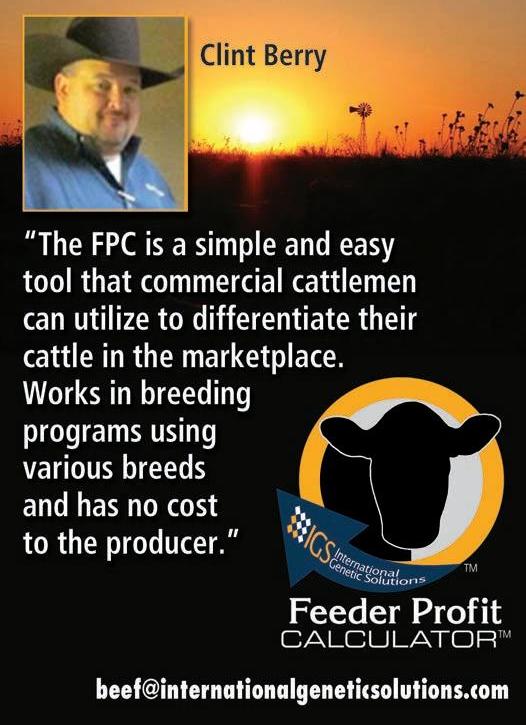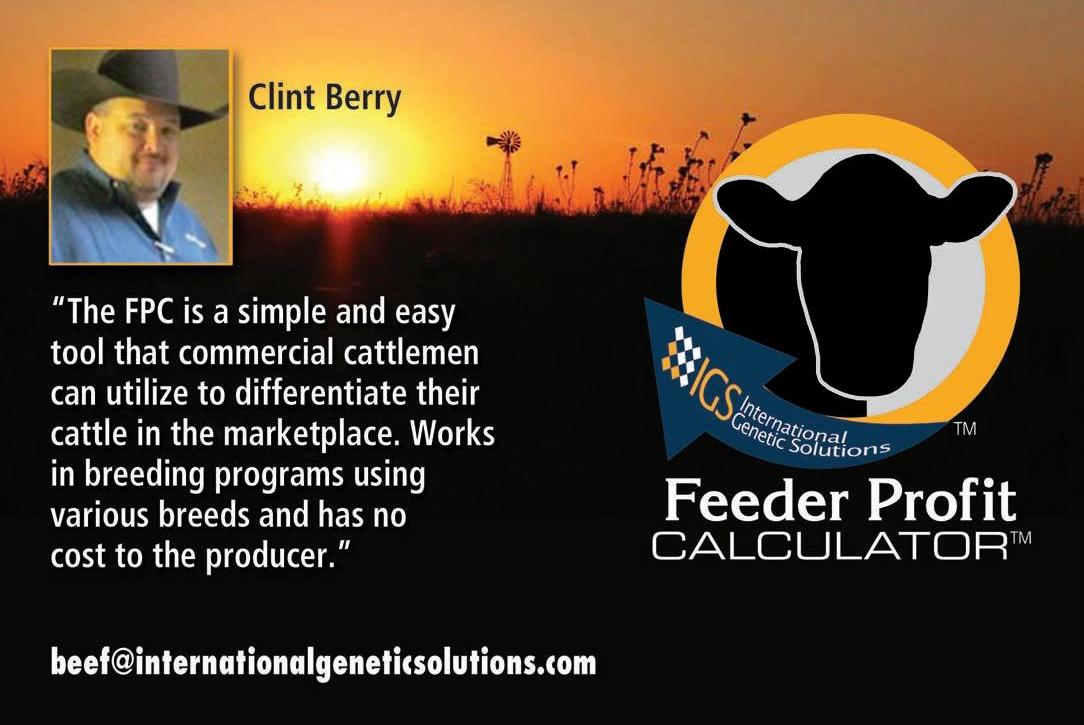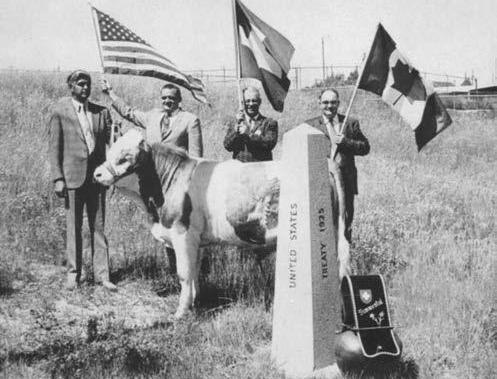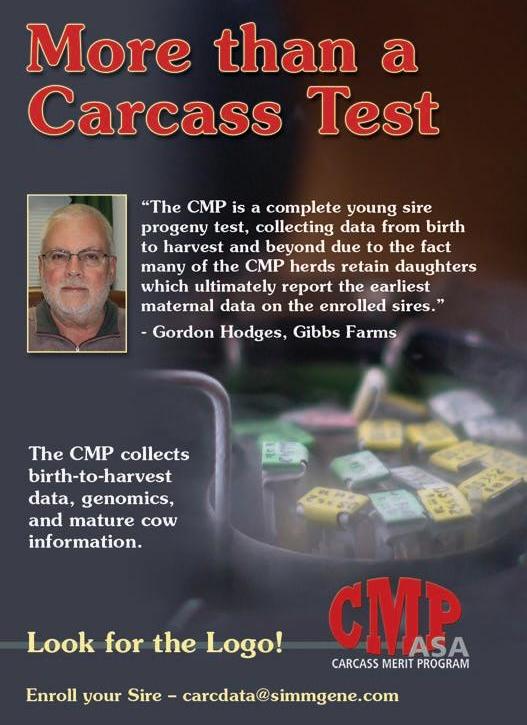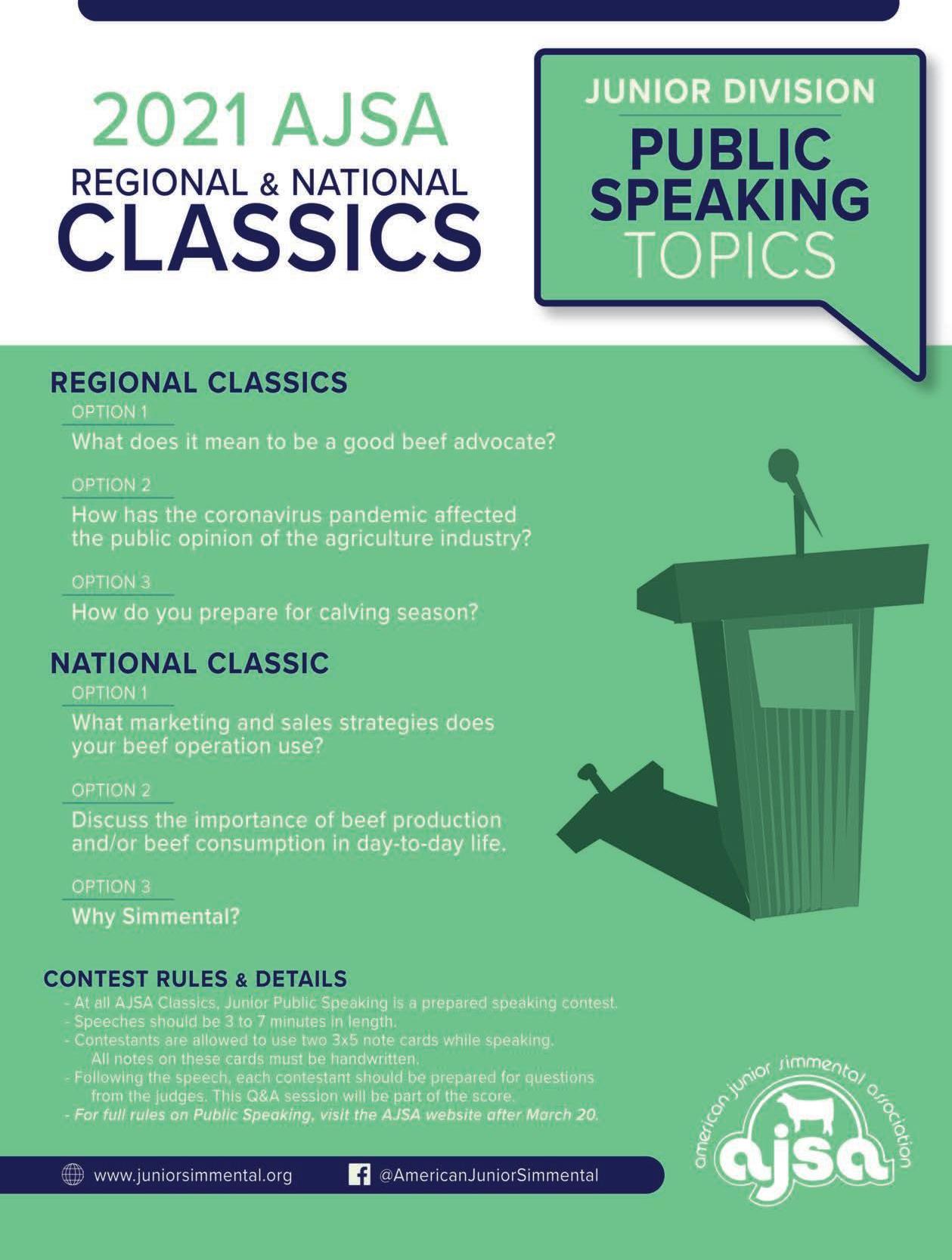
7 minute read
Beef Business
Cattle Stranded on Ship Docked in Spain to be Destroyed
by Greg Henderson, Bovine Veterinarian Nearly 900 cows are set to be euthanized by Spanish authorities after drifting for more than two months on the Mediterranean Sea while the owners searched for a buyer. After viewing a confidential report by Spanish government veterinarians, Reuters reports that the cattle remain on board the Karim Allah docked in Cartagena, Spain. The cattle were rejected by several countries over fears they may have bovine bluetongue virus. The 895 cattle left Cartagena in mid-December, originally bound for Turkey, but the ship was denied entry as Turkish authorities feared the virus. Veterinarians said the cattle were unfit for transport to another country or to be returned to Spain. Activists told Reuters that more than 100 cows died on the ship before it returned to Spain and the rest were “suffering truly hellish conditions” while at sea.
Turkey did not test the animals for the virus, but the refusal to allow them entry came after a recent outbreak of bluetongue in the Spanish province of Huesca. Various other countries also refused the ship entry — even to replenish animal feed — and the cows were forced to go several days without water, Reuters reported.
The report seen by Reuters concluded that the animals had suffered from the lengthy journey, that some of them were unwell, that they were not fit for transport outside of the European Union, nor should they be allowed in the European Union.
Merck COVID-19 Vaccine Won’t Impact Livestock Sector
by Taylor Leach, Bovine Veterinarian
Merck recently announced that it has entered into multiple agreements to support the efforts to expand the manufacturing capacity and supply of the SARS-CoV-2/COVID-19 medicines and vaccines. The company will assist Janssen Pharmaceuticals, Inc., one of the Janssen Pharmaceutical Companies of Johnson & Johnson, to support the manufacturing and supply of Johnson & Johnson’s vaccine and will use its facilities in the United States to produce drug substance, formulate, and fill vials for Johnson & Johnson.
Additionally, Merck has received $268.8 million in funding from the US Department of Health and Human Services to adapt and make available a number of existing manufacturing facilities for the production of the COVID-19 vaccine. “At Merck, we have a rich legacy in vaccine manufacturing and look forward to combining our expertise with Johnson & Johnson to help increase supply and expand access to authorized SARS-CoV-2/COVID-19 vaccines,” says Sanat Chattopadhyay, executive vice president and president, Merck Manufacturing Division, in a company press release. However, some livestock producers are worried this shift in production could lower the production of animal vaccines. According to Thomas Schad, Merck Animal Health’s director of communications for North America, that’s not the case. “For the most part, our animal vaccine plants are USDA approved. This particular [COVID-19] vaccine is FDA approved. So, that’s why it most likely won’t impact livestock because it won’t be produced at animal manufacturing facilities,” he says. “We’ll adapt like we always do. I can’t say that it won’t affect livestock at all, but for now we’re not planning to use those facilities to produce [COVID-19] vaccines.” Merck started manufacturing the COVID-19 vaccine in its human manufacturing facilities in March.
Export Market Optimistic
Annual production for meat and poultry are predicted to slow down during 2021, while grain prices will likely remain elevated for the next few years. Meat exports will continue to grow, especially with Chinese imports of pork, chicken, and beef rising considerably. US consumption of meat and poultry, per capita, is expected to decline from 2020’s record high, although demand is expected to stay strong. And that demand, economists stated, will be good for wholesale meat prices. Regarding overall economic performance in 2021, a number of encouraging trends for all conventional meat segments have been cited. International trade should be up 6% in 2021 after a 4% decline in 2020. The CRB Commodity Index is now at 200, up from 100 in May 2020. The US Gross Domestic Product (GDP) is expected to grow nearly 5% this year after a decline of more than 2% in 2020. Furthermore, because interest rates remain less than 4% the resulting decline in housing payments will spur demand in other areas of the economy, including meat products.
In an evaluation of the poultry markets, the 2020 market is described as a “wake-up call,” one that greatly accelerated changes in digitalization and traceability. Similarly, an anticipation is for home cooking and online shopping — two hallmarks of 2020 meat demand — to continue in the years ahead. Deboned breast prices have been declining long-term since 1986, when they were $5 a pound; strong demand, though, has led to an increase in prices of late, and those prices are expected to remain elevated for the rest of 2021. Even with those price increases, opportunity exists for deboned breast meat in the export markets, as larger chickens and better economies of scale have put US chicken breast prices on par with the rest of the world. Thus far in 2021, Mexico is the largest export market for US poultry, with China second. The Chinese poultry trade is dominated by chicken paws and CLQ/drums/wing tips, which total $1 billion per year.
Pork and hogs spotlight a notable aspect of the post-pandemic market: foodservice. For food service, demand for pork in 2020 was good, even with restaurant demand plummeting. And while an increase in takeout and delivery partially offset foodservice declines, the real counterbalance came in retail demand, which soared as more people cooked at home. The high number of people cooking at home complicates whether restaurants reopening will be truly good for meat demand. Not only did many Americans enjoy the freedom to cook at home, but moreover, consumers can buy meat at retail for a much better value than from restaurants. With that in mind, a return of foodservice may not lead to spikes in meat demand. With regard to cattle markets, plant closures created a cattle backlog of one-million head, but with Saturday harvests averaging 52,000 head since June, the backlog has lessened considerably. Still, the markets have plenty of cattle to work through in the short term, given that feedlot inventories remain high. Beef demand in 2020 was the strongest in over 30 years, even with food service being down. He expects demand to moderate in 2021, but that will still be good for the second-strongest beef market in three decades. (Continued on page 46)
(Continued from page 44)
HAULS Act Endorsed
The National Cattlemen’s Beef Association (NCBA) has endorsed the Haulers of Agriculture and Livestock Safety (HAULS) Act of 2021. Introduced by Sen. Fischer (R-NE), Sen. Tester (DMT), Sen. Wicker (R-MS), and Sen. Smith (D-MN), the bipartisan bill would deliver much-needed flexibility for livestock haulers.
“One year after COVID-19 began to disrupt daily life across the country, US cattle producers continue to prove each day that they are committed to keeping grocery stores stocked with beef. Livestock haulers are a critical component of the beef supply chain, and flexibility in livestock hauling regulations remains vital,” said NCBA President Jerry Bohn. “NCBA strongly supports this bipartisan effort to provide livestock haulers with the flexibility they need to maintain the highest level of safety on the roads, transport livestock humanely, and ensure beef remains available to consumers.”
Current hours-of-service (HOS) rules allow for 11 hours of drive time, 14 hours of on-duty time, and then require 10 consecutive hours of rest. When transporting livestock, there is a real need for further flexibility beyond the current hours-of-service. Unlike drivers moving consumer goods, livestock haulers cannot simply idle or unload their trucks when drive time hours run out without jeopardizing animal health and welfare.
“NCBA has long advocated against one-size-fits-all regulations for the live haul sector, and the COVID-19 pandemic further highlighted the need for flexibility when it comes to livestock hauling. The HAULS Act represents the best long-term solution — a permanent change to existing hours-of-service regulations that preserves animal welfare as well as safety on our roads, while also making sure producers can keep our grocery stores stocked with beef,” said NCBA Executive Director of Government Affairs Allison Rivera. “We thank Senator Fischer, Senator Tester, Senator Wicker, and Senator Smith for their work on this important legislation. NCBA will continue working on behalf of producers and haulers to provide flexibility within the current hours-of-service.”
This legislation is the latest of many steps NCBA has taken to win greater flexibility for livestock haulers and producers. Since the pandemic began, NCBA has successfully fought every month for a renewed emergency declaration that provides an exemption from hours-of-service for livestock haulers, while also working with Congress to maintain the Electronic Logging Device delay for livestock haulers until September 30, 2021. The HAULS Act would add a 150 air-mile radius exemption under HOS regulations to the backend of hauls for those transporting livestock or agricultural commodities. This legislation also eliminates the seasonal harvest requirements for the agriculture HOS exemption (making the exemption available year-round in all states), and updates and clarifies the definition of an agricultural commodity. ■

